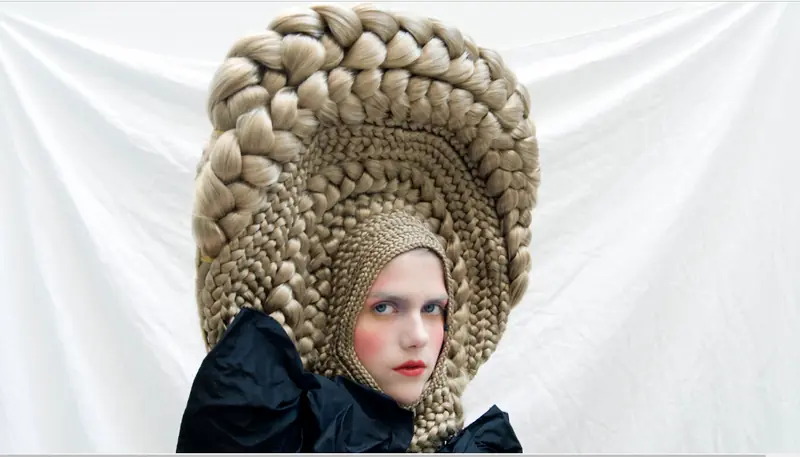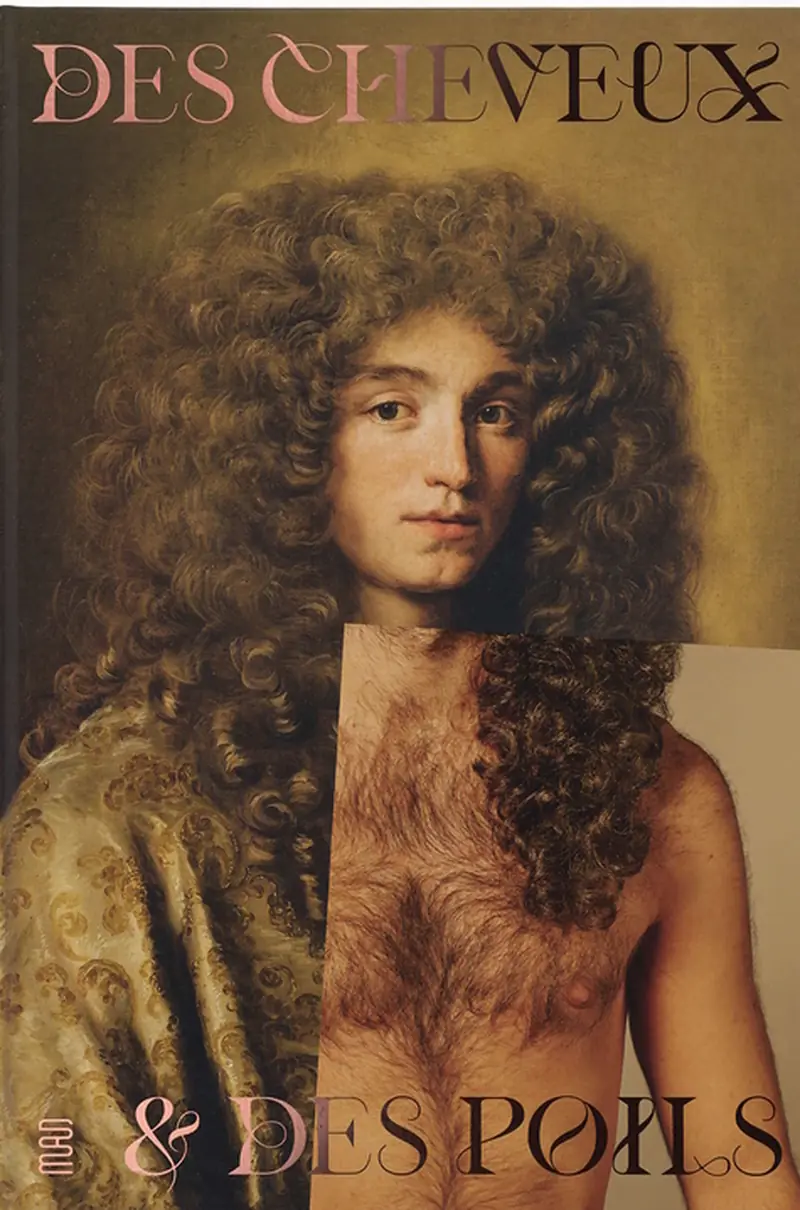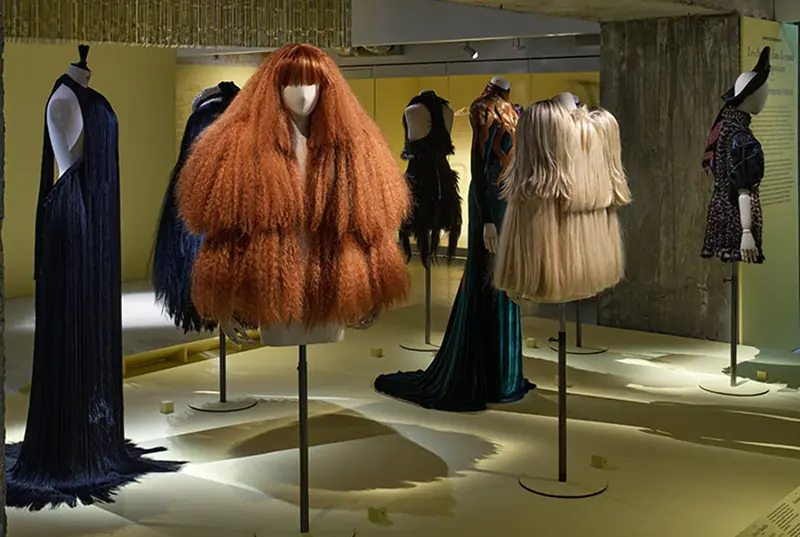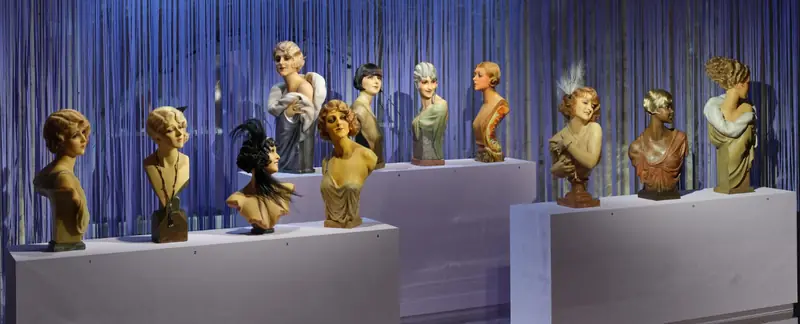
The Museum of Decorative Arts in Paris (Musée des arts décoratifs) has not only explored the history of hairstyles and hair care but also illustrated how this natural aspect of human appearance has evolved under the influence of historical events, shaping the world around us.
The curators of the exhibition “Des cheveux et des poils” (literally translated as “Hair and Body Hair”) reminded us that hair on our heads and bodies has often served as a work of art throughout the ages.

The exhibition showcased over 600 diverse artifacts, the oldest dating back to the 15th century, including paintings, sculptures, photographs, antique hairdressing tools, archival documents, advertising materials, and more. Each piece highlights how deeply intertwined the theme of hair is with the cultural, religious, political, and everyday chronicles of various times and peoples. The organizers also acknowledged notable figures, including monarchs, artists, designers, and famous hairdressers, for whom hair held a special significance in their lives and work. Among these luminaries was Léonard Autié, the favored hairdresser of Marie Antoinette, as well as Alexandre de Paris, the founder of high hairdressing art, and fashion designers Alexander McQueen, Martin Margiela, and Joseph Timister.
One section of the exhibition was dedicated to the evolution of women’s hairstyles as social indicators and markers of identity. The extravagance of hair creations has always known no bounds, especially as perceptions of hairstyle aesthetics have rapidly and dramatically changed. Just look at the so-called “poufs”—towering women’s hairstyles that were all the rage in the 18th century and are still considered some of the most unusual in the history of hairdressing practices. Today, you can still see them, but now on fashion runways, where they serve as focal points for designer clothing collections.

In another section, the curators gathered a plethora of unique artifacts that attest to the ever-changing trends in male hairiness over the centuries. For instance, the exhibits highlighted facial hair, which was a source of pride for the fashionable men of the 19th century, often regarded as the “hairiest” era in men’s fashion history. Grooming beards, mustaches, and sideburns required a new arsenal of various tools and products. The strong sex armed themselves with mustache wax, brushes, straightening and curling tools, and more.
The Paris exhibition also addressed the conventions, taboos, and secrets related to hair that surrounded well-known figures of the past. For example, noblewomen for centuries could not appear in public with loose hair. The museum features a painting by Franz Xaver Winterhalter, dated 1864, depicting Empress Sisi in such a frivolous state. Interestingly, this painting was intended solely for the private study of her husband, Franz Joseph, as reported by Designboom.

Here’s another intriguing fact: Louis XIV, who went bald at a very young age, began wearing his famous long wig with curled locks. Moreover, the French king imposed this trend on his entire court.
In the 20th century, a similar fate befell artist Andy Warhol. However, the white wig he wore to conceal his baldness became a cult element of the artist’s image.
Other rooms in the exhibition immersed visitors in the secrets of the hairdressing profession, showcasing its diverse tools and ultimately paying tribute to those who transform the familiar material—hair—into artistic masterpieces. The exhibition also reminded us of iconic hairstyles from the 20th and 21st centuries, including the garçon, perm, chignon, pixie cut, and many others that swiftly responded to the trends of their time.
The exhibition will run until September 17, 2023.
